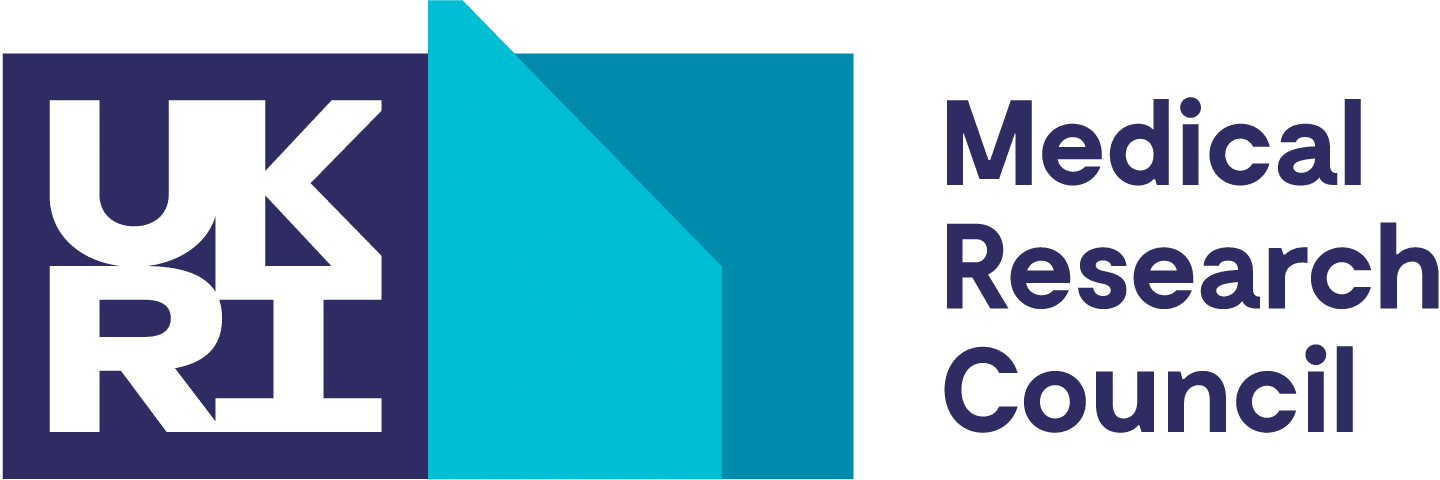The Safety Hub award from UKRMP included £1m funding to create new partnerships with researchers, both internal and external to the Hub Network, to encourage new scope, the development of new techniques and to further the expertise within the Hub.
We have brought in new partners including: Marc Clancy, Lead Director for Transplantation based at University of Glasgow and his clinical team; Kostas Kostarelos, Chair of Nanomedicine at the Centre for Tissue Injury and Repair, University of Manchester, leading the expertise in novel imaging probes; Natalia Nieto, expert in mechanisms and animal models of liver fibrosis, University of Illinois, Chicago; and Quentin Pankhurst, leading UK expert on magnetic targeting, Institute for Biomedical Engineering, UCL. We have also established new links with the Niche Hub focussing on novel mechanistic biomarkers for macrophage-based therapeutics and the PSCP Hub assessing ES cell genetic variants and a separate project looking at the biodistribution of a cell therapy for Parkinson’s Disease.
In all projects we will develop pre-clinical models based on our now-established techniques in imaging and biomarker science to enhance the safe and effective introduction of regenerative medicines into man.
Projects approved for funding are:
Evaluating the safety & efficacy of a novel preclinical therapy that bridges to clinical application, by assessing the regeneration of damaged renal tissue within donor kidneys (External Partners; Glasgow: Clancy, Mark) The aim of this project is to assess the safety and efficacy of adipose-derived regenerative cells for improving the survival of transplanted kidneys, with the expectation that this therapy could be translated to the clinic. Knowledge gained from this project will be translatable to regenerative medicine therapy applications, including novel biomarkers for kidney health.
Development of novel cell tracking probes for nuclear and optical/photoacoustic imaging (External Partners; Manchester: Kostarelos, Ashton) The aim of this project is to enhance our ability to monitor the biodistribution of administered stem cells and other therapeutic cell types by extending our repertoire of cell tracking probes. Specifically, we will develop and assess the safety and efficacy of probes for nuclear and optical/photoacoustic imaging.
HMGB1 and CSF-1 signatures as mechanistic biomarkers that guide the safe and effective utilisation of regenerative medicine therapeutics for liver fibrosis (External Partner; University of Illinois, Chicago: Nieto; Niche Hub: Forbes) This proposal seeks to develop and understand the utility of functional mechanistic biomarkers that track the multicellular events associated with the progression or resolution of hepatic fibrosis. This will support the development of clinical biomarkers that can be used to guide and implement the safe and effective delivery of macrophage based regenerative therapeutics in man.
Magnetic Targeting of Therapeutic Cells for Enhanced Efficacy and Safety of Liver Fibrosis Treatment (External Partner; UCL: Pankhurst) Although the transplantation of stem cells and macrophages has shown promise in improving liver function in preclinical models of fibrosis and cirrhosis, and has inspired a number of trials to follow this up in the clinic, the number of cells retained within the diseased area of the liver is limited. Increasing the targeting and retention of these therapeutic cells will therefore enhance their effects increasing their efficacy while decreasing the number of repeated surgeries/administrations required.
Assessment of the tumorigenic potential of a frequent ES cell genetic variant, 20q.11.21 amplicon, in a liver engraftment model. (PSCP Hub: Andrews; Niche Hub: Hay) 3-Hub collaboration to test the presence of a specific genetic variant in differentiated cells and resulting predisposition to enhanced tumourigenesis in a previously characterised model, using hepatocytes as a proof of concept.
Evaluating the biodistribution and toxicity of a pluipotent stem cell-based therapy for Parkinson’s disease. (PSCP Hub: Barker; Lund: Parmar)
The aim of this project is to develop and apply a bimodal imaging strategy for monitoring the biodistribution and toxicity of human ESC-derived dopaminergic neurons.







